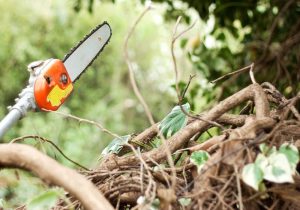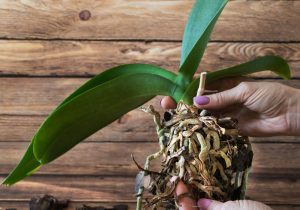
Willow trees, known for their graceful appearance, are a captivating addition to any landscape. These unique flora add a unique talking point to your outdoor space.
This comprehensive growing guide will explore everything you need about willow trees.
Willow Trees Basic
Contents
- 1 Willow Trees Basic
- 2 Choosing the Right Willow Tree
- 3 Planting Your Willow Tree
- 4 Common Challenges in Growing Willow Trees
- 5 FAQ on Growing Willow Trees
- 5.1 How fast do willow trees grow?
- 5.2 Can willow trees grow near water bodies?
- 5.3 Are willow trees suitable for small gardens?
- 5.4 How often should I water my willow tree?
- 5.5 When is the best time to prune a willow tree?
- 5.6 Can willow trees be harmful to foundations or pipes?
- 5.7 What are the common pests and diseases that affect willow trees?
- 5.8 How do I know if my willow tree is healthy?
- 5.9 Can I grow a willow tree from a cutting?
- 5.10 How long do willow trees live?
- 6 Conclusion
Willow trees captivate with their elegance and versatility. This section explores their various species, unique features, and historical significance. By understanding willow trees in-depth, you can appreciate their beauty and role in nature and culture.
Overview of Willow Tree Species
Willow trees, part of the Salix genus, encompass a remarkable diversity with over 400 species. Each species has unique traits, allowing them to thrive in varied environments.
With its dramatic, cascading branches, the Weeping Willow is a favorite for its aesthetic appeal. It thrives near water bodies, adding a serene beauty to such landscapes. The Pussy Willow, another popular choice, is celebrated for its soft, catkin-like flowers that signal the arrival of spring.
Other notable species include the White Willow, known for its stark, white bark and lush foliage, and the Black Willow, favored in wetlands for its robust root system. The Dwarf Willow, one of the smallest species, demonstrates the genus’s adaptability, growing in cold, alpine environments.
Each species of willow tree has adapted to its environment. For instance, some are suited for wet, marshy areas, while others can withstand drier soils. This adaptability makes willow trees an excellent choice for various landscape needs, from ornamental gardens to ecological restoration projects.
Understanding the range of willow tree species, their distinct appearances, and their adaptability helps you decide when adding these beautiful trees to your landscape. This knowledge ensures that the selected species not only enhances the beauty of your space but also thrives in the given environmental conditions.
Unique Characteristics of Willow Trees
Willow trees are celebrated for their distinct attributes, making them visually appealing and practically beneficial. The slender, flexible branches of willow trees are a hallmark of their elegance and demonstrate a remarkable adaptability to wind and weather. This flexibility reduces the risk of branch breakage during storms, making willows a durable choice for many landscapes.
The lush foliage of willow trees provides dense canopy cover, creating a serene and shaded environment. This feature is particularly beneficial in urban areas where green spaces are needed for cooling and aesthetics. Moreover, willow trees are known for their rapid growth rate. This makes them ideal for landscaping projects to achieve quick results, such as creating natural screens or focal points in gardens.
An exceptional characteristic of willow trees is their deep, extensive root systems. These roots are vital for the tree’s stability and nutrient uptake and play a crucial role in soil erosion control. Willow trees are often planted along riverbanks and wetland areas to stabilize soil and prevent erosion, showcasing their environmental importance.
Historical Significance and Uses
Willow trees have a rich history that intertwines with human culture and practicality. Their flexible branches have been a resource for various traditional crafts. For centuries, these branches have been skillfully woven into baskets, furniture, and even structures, showcasing the versatility of willow wood.
Willow trees have been a significant natural remedy in medicine. The bark of the willow tree contains salicin, a compound precursor to aspirin. This has been used for centuries for its pain-relieving and anti-inflammatory properties. The medicinal use of willow bark illustrates the tree’s contribution to early pharmacology.
Beyond their practical uses, willow trees hold symbolic meanings in many cultures. They are often associated with flexibility, resilience, and the ability to thrive in challenging conditions. This symbolism, combined with their practical applications, cements the willow tree’s enduring significance in human life, bridging the gap between nature and culture.
Choosing the Right Willow Tree
Selecting the right willow tree is crucial for your landscape’s success and aesthetics. This section guides you through important considerations, ensuring you choose a willow tree that thrives in your environment and meets your landscaping goals.
Understanding Your Local Climate
When choosing a willow tree, it’s essential to consider your area’s climate. Most willow species flourish in cool, moist environments, ideal for regions with moderate temperatures and adequate rainfall.
However, their adaptability is remarkable, with some species thriving in warmer or drier climates. For instance, the Desert Willow can tolerate hotter, arid conditions, making it suitable for landscapes in drier regions. Assessing your local weather patterns helps you select a species that will survive and thrive in your specific climate.
Soil Type and Moisture Levels
Soil type plays a significant role in the health and growth of willow trees. These trees generally prefer wet, well-drained soils rich in organic matter. They are often found naturally along riverbanks and in marshy areas. However, not all willow species require soggy conditions.
Some, like the Goat Willow, can tolerate and thrive in less moist, more compact soils. When choosing a willow tree, testing your soil’s moisture level and composition is important. This ensures that your chosen species is compatible with your soil, leading to a healthier and more robust tree.
Space Requirements for Willow Trees
Space is a critical factor when planting a willow tree. Many willow species, especially the larger ones like the Weeping Willow, require ample space to spread their roots and branches. Before planting, consider the mature size of the tree, both in height and spread.
Ensure enough room for the tree to grow without interference from buildings, power lines, or other structures. Also, consider the tree’s root system, which can be extensive and invasive.
Planting a willow tree too close to foundations or drainage systems can lead to damage. Accurate spacing prevents structural issues and allows your willow tree to grow to its full majestic potential.
Popular Willow Tree Species for Different Landscapes
There are several popular species of willow trees, each suited to different landscaping needs. The Weeping Willow is perfect for large spaces and near water bodies, creating a dramatic effect.
The Dwarf Willow suits smaller gardens or rockeries where space is limited. The Pussy Willow, with its distinctive spring catkins, is ideal for ornamental gardens. Understanding these species’ growth habits and size helps make an informed choice.
Where to Source Quality Willow Trees
Source your willow tree from reputable nurseries or garden centers for the best results. These sources can provide healthy, well-cared-for saplings that are likely to thrive. They can also offer valuable advice on the care and suitability of different willow species for your specific conditions. Ensure the species you select is compatible with your local environment to enjoy your willow tree’s full beauty and benefits.
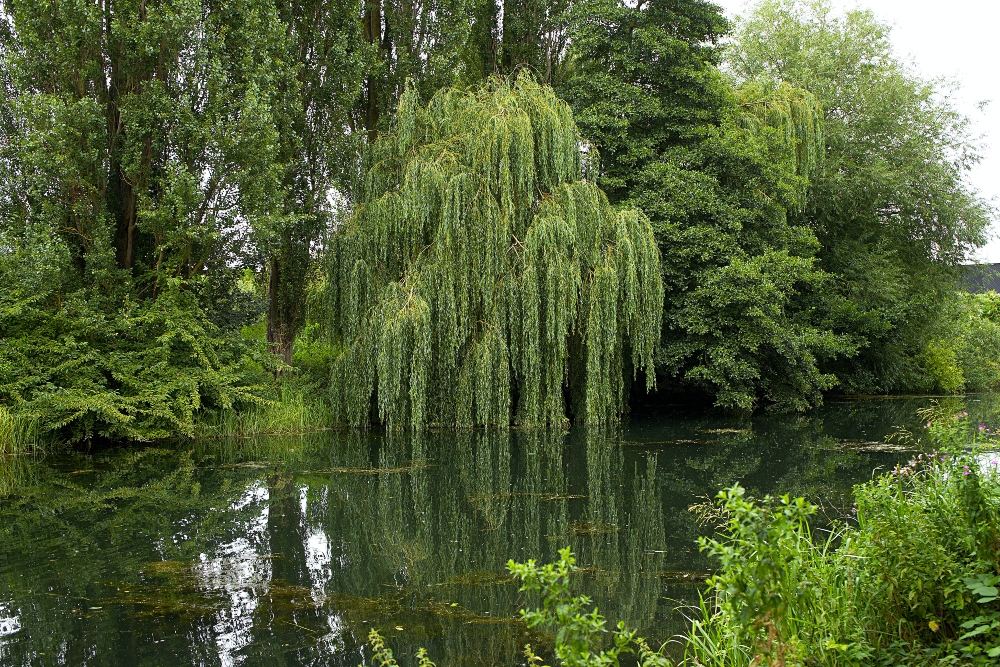
Planting Your Willow Tree
Successfully planting a willow tree sets the foundation for its future growth and health. This section provides a detailed guide on correctly planting your willow tree. From choosing the right time to plant to the initial steps of care, these guidelines ensure your willow tree starts its life in the best possible way.
Best Time to Plant Willow Trees
The ideal time to plant a willow tree is key to ensuring its healthy growth and development. Understanding the best planting time helps the tree establish its root system and adapt to its new environment.
Understanding Seasonal Planting Advantages
Generally, the best time to plant willow trees is during the dormant season, from late fall to early spring. Planting during this period minimizes stress on the tree, as it is not actively growing leaves and can focus on root development.
In colder climates, it’s advisable to plant in early spring, just after the ground thaws. This timing allows the tree to establish itself before the growing season.
In milder climates, planting in late fall is beneficial. The cooler temperatures reduce the risk of heat stress, and the increased rainfall can help the tree establish its root system. Planting during this time also takes advantage of the tree’s natural growth cycle, preparing it for vigorous growth in spring.
Ideal Conditions for Planting Willows
When choosing the day to plant, look for a period of mild weather. Extreme temperatures, either hot or cold, can stress the young tree. Avoid planting on windy days, which can dry out the soil and the tree. Also, ensure the soil is not frozen or overly waterlogged, as these conditions can hinder root growth.
Planting willow trees at the right time is crucial for their survival and growth. By aligning the planting with the tree’s natural growth cycle and environmental conditions, you can provide the best start for your willow tree.
Choosing the Perfect Location
Selecting the right location for your willow tree is crucial for its health and growth. Willow trees have specific requirements for sunlight, soil, and space. Finding the perfect spot ensures your tree thrives for years to come.
Assessing Sunlight and Shade Requirements
Willow trees generally prefer full sun to partial shade. They need at least six hours of direct sunlight daily to grow healthy and strong. The amount of sunlight affects the tree’s growth rate and foliage density.
A location with adequate sunlight ensures vigorous growth and a lush canopy. However, some willow species can tolerate more shade. Understanding the specific needs of your chosen species is key.
Considering Soil Conditions and Drainage
Soil condition is a vital factor for willow trees. They thrive in moist, well-drained soils. The ideal soil should retain moisture without becoming waterlogged. Willows are often found near water sources, so mimic these conditions if possible. However, avoid planting too close to water lines or septic tanks, as their invasive roots can cause damage.
Drainage is another important consideration. While willows like wet soils, poor drainage can lead to root rot. Test the drainage of your chosen spot by digging a hole and filling it with water. The spot has good drainage if the water drains within a few hours.
Choosing the right location for your willow tree balances these factors. A well-chosen spot supports the tree’s growth, health, and beauty, ensuring it becomes a stunning feature in your landscape.
Preparing the Planting Site
Proper planting site preparation is essential for successfully establishing a willow tree. This involves ensuring the soil and the surrounding area are optimally arranged to support the tree’s growth.
Steps for Soil Preparation
- Assess the Soil Quality: Before planting, check the soil’s texture, nutrient content, and pH level. Willow trees prefer slightly acidic to neutral pH soils. If necessary, amend the soil to reach the desired pH.
- Clear the Area: Remove weeds, grass, and debris from the planting area. This reduces competition for nutrients and water.
- Dig the Hole: The hole should be twice as wide as the root ball of your willow tree and just as deep. This size ensures enough space for the roots to spread out.
- Amend the Soil if Necessary: If your soil is heavy clay or very sandy, mix in organic matter such as compost or peat moss. This improves soil texture, nutrient content, and moisture retention.
How to Amend Soil for Optimal Growth
- Organic Matter Addition: Incorporate organic matter into the soil. Compost, well-rotted manure, or leaf mold increases the soil’s fertility and drainage capabilities.
- Adjust Soil pH: If the soil is too alkaline, add sulfur to lower the pH. If it’s too acidic, lime can raise the pH.
- Enhance Drainage: For areas with poor drainage, raise the planting site by creating a mound or using drainage tiles. Good drainage is crucial to prevent root rot.
Carefully preparing the planting site lays the foundation for a healthy willow tree. Creating the right soil conditions and environment gives your tree the best start in its new home.
Planting Technique for Willow Trees
The proper planting technique is vital for successfully establishing a willow tree. Proper handling and positioning during planting ensure the tree’s healthy growth and development.
Step-by-Step Guide to Planting
- Handle with Care: Be gentle when transporting and handling the willow tree. Avoid damaging the root ball or bark.
- Positioning the Tree: Place the tree in the center of the prepared hole. The top of the root ball should be level with the surrounding ground.
- Filling the Hole: Carefully fill the hole with the removed soil. While filling, gently firm the soil to eliminate air pockets, but avoid compacting it too much.
- Watering After Planting: Once planted, water the tree thoroughly. This settles the soil around the roots and provides the necessary moisture for initial growth.
- Staking the Tree: If the tree is tall or in a windy area, stake it for support. Use soft ties and check regularly to ensure they’re not cutting into the bark.
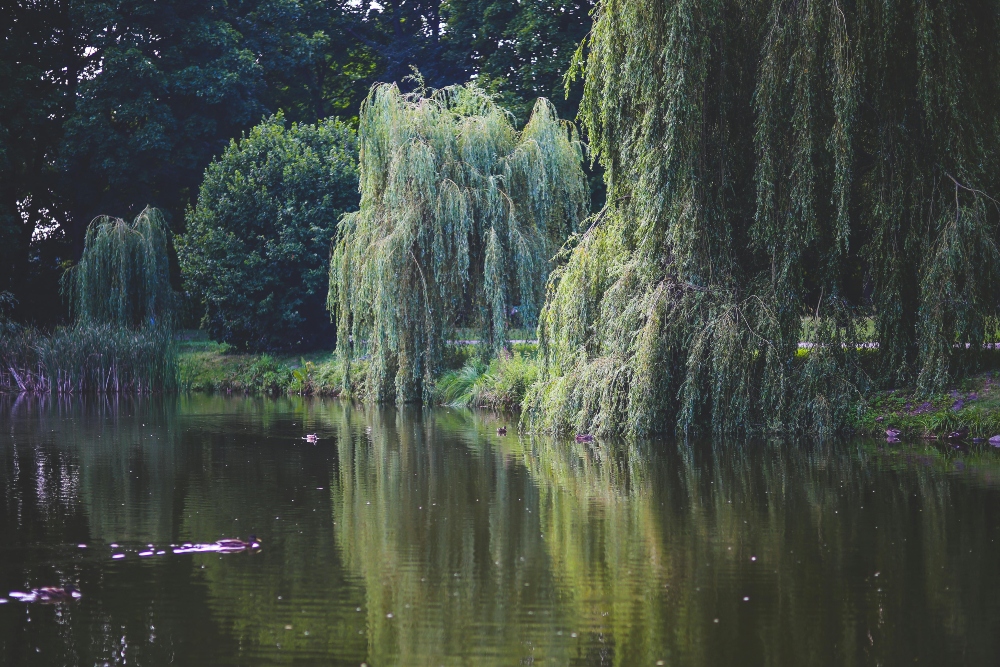
Tips for Handling and Positioning the Tree
- Roots Inspection: Before planting, inspect the roots. Trim any broken or damaged roots.
- Depth and Orientation: Ensure the tree is not planted too deep or shallow. The tree should be oriented the same way it grew in the nursery.
- Mulching: After planting, apply a layer of mulch around the tree’s base. This helps retain moisture, regulate soil temperature, and reduce weed growth.
- Avoid Fertilizers Initially: Do not apply fertilizer right after planting. Allow the tree to establish itself first, usually for about a year.
Following these planting techniques helps your willow tree start its life in your landscape under the best conditions. This careful approach sets the stage for a strong, healthy, beautiful tree.
Watering and Initial Care
Proper watering and care during the initial stages of growth are crucial for the health of a newly planted willow tree. This section covers the best practices for watering and the initial steps in caring for your willow tree.
Initial Watering: Settling the Soil and Roots
After planting your willow tree, it’s crucial to water it thoroughly. This initial watering helps to settle the soil around the roots and eliminate any air pockets that may have formed during planting. This process ensures the roots are in direct contact with the soil, promoting better water absorption and establishment.
Frequency of Watering: Balancing Moisture Needs
The willow tree needs consistent moisture during its first growing season to establish its root system. It’s recommended to water the tree deeply once a week. However, during high heat or drought periods, you may need to water more frequently. The goal is to maintain a balance where the soil remains moist but not waterlogged, as excessive moisture can lead to root rot and other issues.
Checking Soil Moisture: Preventing Over and Under Watering
Before each watering, check the soil moisture. A simple way to do this is by inserting your finger into the soil, about 2-3 inches deep. If the soil at this depth feels dry, it’s time to water. This practice prevents over and under-watering, which are common issues that can adversely affect the tree’s health. Consistently moist soil is key to the healthy growth of young willow trees.
Methods of Watering: Ensuring Deep Water Penetration
A soaker hose or drip irrigation system is highly effective for deep watering. These methods allow water to slowly seep into the soil, reaching the roots without causing surface runoff or soil erosion. Deep watering encourages the roots to grow deeper into the soil, promoting a stronger and more resilient root system. This is particularly important for willow trees, known for their extensive root networks.
Applying Mulch: Enhancing Soil Conditions
- Right After Planting: Applying mulch soon after planting a willow tree is essential. Spread a 2-3 inch organic mulch around the tree’s base, forming a circle.
- Distance from Trunk: Keep the mulch a few inches from the trunk. This prevents moisture accumulation against the bark, reducing the risk of rot or pest infestation.
- Benefits of Mulching: Mulch helps maintain soil moisture, reducing the need for frequent watering. It also regulates soil temperature, keeping roots cooler in summer and warmer in winter. Additionally, mulch suppresses weed growth, which competes with the tree for nutrients and water.
- Types of Mulch: Use organic materials like wood chips, bark, or composted leaves. These materials break down over time, adding nutrients to the soil.
Fertilization: Encouraging Healthy Growth
- Initial Fertilization: Avoid fertilizing the willow tree immediately after planting. The tree needs time to adjust to its new environment and develop its root system. Fertilizing too early can harm the young roots.
- Timing for Fertilization: Start fertilizing in the next growing season. This gives the tree enough time to establish itself.
- Selecting Fertilizer: Use a balanced, slow-release fertilizer specifically formulated for trees. This fertilizer provides a steady supply of nutrients over time, which is more beneficial for the tree’s growth.
- Application Techniques: Follow the manufacturer’s instructions for the application rate and timing. Apply the fertilizer around the tree’s drip line, which is the outermost circle of the tree’s canopy where water drips off the leaves.
- Monitoring Tree Response: After fertilizing, observe the tree’s response. Signs of healthy growth include new leaf production and increased stem growth.
Monitoring Early Growth
Keeping a close eye on the early growth of your willow tree is crucial for identifying any potential issues early on. This section outlines monitoring your tree effectively and adjusting care as needed.
Spotting and Addressing Early Signs of Stress
- Leaf Health: Regularly check the leaves. Yellowing, browning, or wilting can indicate problems like over or under-watering, poor soil conditions, or disease.
- Growth Patterns: Observe the growth rate and pattern. Slow or stunted growth might suggest inadequate nutrients or unfavorable soil conditions.
- Root Health: Check the base of the tree periodically. Soft, mushy, or discolored roots can indicate overwatering or poor drainage.
- Pests and Diseases: Look for signs of pests or diseases, such as unusual leaf spots, bark damage, or the presence of insects.
Adjustments in Care During the First Growing Season
- Watering Adjustments: If signs of over or under-watering are noticed, adjust your watering schedule accordingly. Ensure the soil moisture level is consistent with the tree’s needs.
- Soil Amendments: If growth is sluggish, test the soil and amend it if necessary. Adjustments might include pH correction or nutrient supplementation.
- Pruning: Prune any damaged or diseased branches to maintain tree health and encourage growth. However, limit pruning in the first year to allow the tree to establish itself.
- Mulching and Fertilization: Replenish mulch as needed and begin a fertilization regimen only after the tree shows stable growth.
By monitoring the early growth of your willow tree and making necessary adjustments, you can ensure it establishes itself well and grows into a healthy, robust tree. Regular observation and timely intervention are critical during this crucial phase.
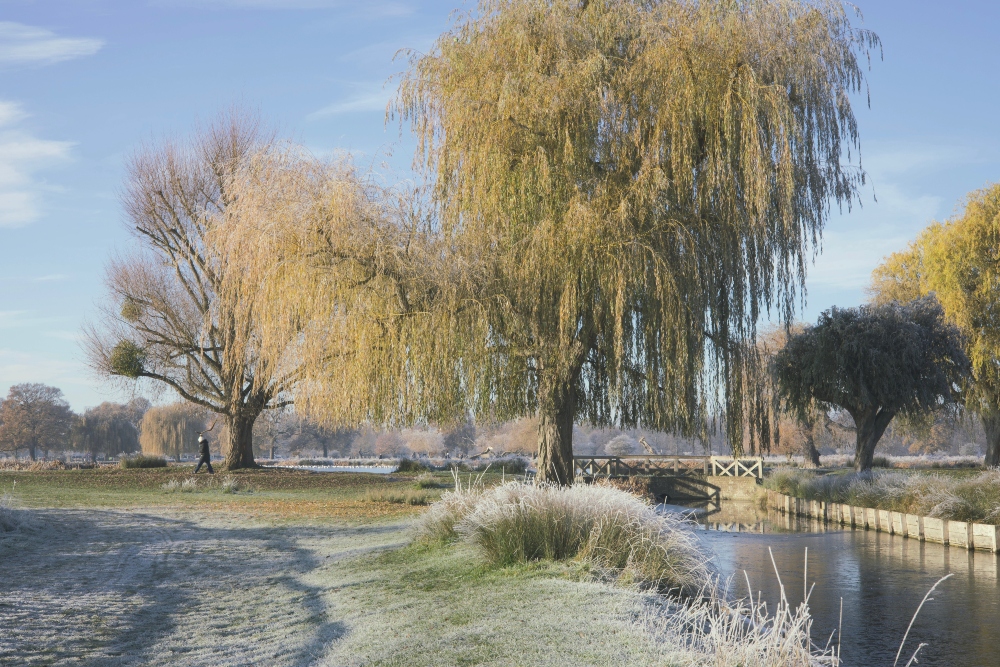
Common Challenges in Growing Willow Trees
Growing willow trees can come with specific challenges. Being aware of these common issues and knowing how to address them is key to maintaining the health and beauty of your willows.
Pest and Disease Management
- Pests: Willows are prone to pests like aphids, scale insects, and willow beetles. Regular inspections can help spot infestations early. Use appropriate insecticides or natural predators like ladybugs for control.
- Diseases: Look for signs of diseases such as willow scab, black canker, and root rot. Proper air circulation and avoiding overwatering are vital prevention strategies. Fungicides may be used for certain diseases.
Addressing Common Willow Tree Problems
- Root Invasion: Willow trees have invasive root systems. Plant them away from sewer lines and foundations to prevent damage.
- Weak Wood: Willow trees can have brittle branches. Regular pruning helps manage growth and reduces the risk of breakage.
- Leaf Drop: Early leaf drop can occur due to water stress or disease. Ensure consistent watering and monitor for signs of disease.
Preventative Measures and Solutions
- Regular Maintenance: Prune regularly to maintain structure and remove damaged limbs. This also helps prevent pest and disease infestation.
- Soil Care: Test soil regularly for nutrients and pH levels. Amend soil as needed to maintain optimal growing conditions.
- Water Management: Ensure good drainage to prevent root rot. Adjust watering based on the season and weather conditions.
FAQ on Growing Willow Trees
How fast do willow trees grow?
Can willow trees grow near water bodies?
Are willow trees suitable for small gardens?
How often should I water my willow tree?
When is the best time to prune a willow tree?
Can willow trees be harmful to foundations or pipes?
What are the common pests and diseases that affect willow trees?
How do I know if my willow tree is healthy?
Can I grow a willow tree from a cutting?
How long do willow trees live?
Conclusion
Growing willow trees can transform your landscape with their unique beauty and practical benefits. Understanding the different species clearly, selecting the right tree, and providing proper care ensures your willow thrives.

